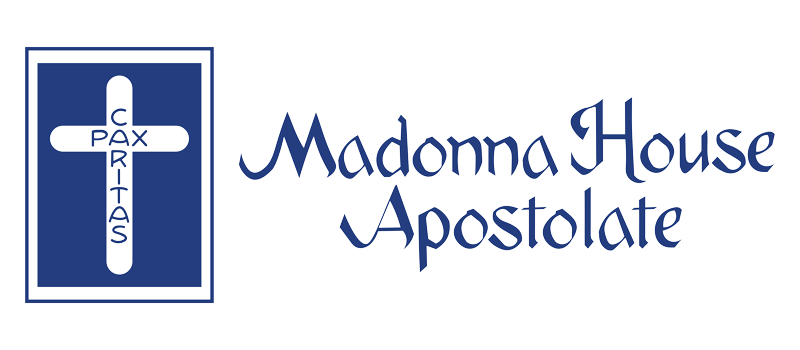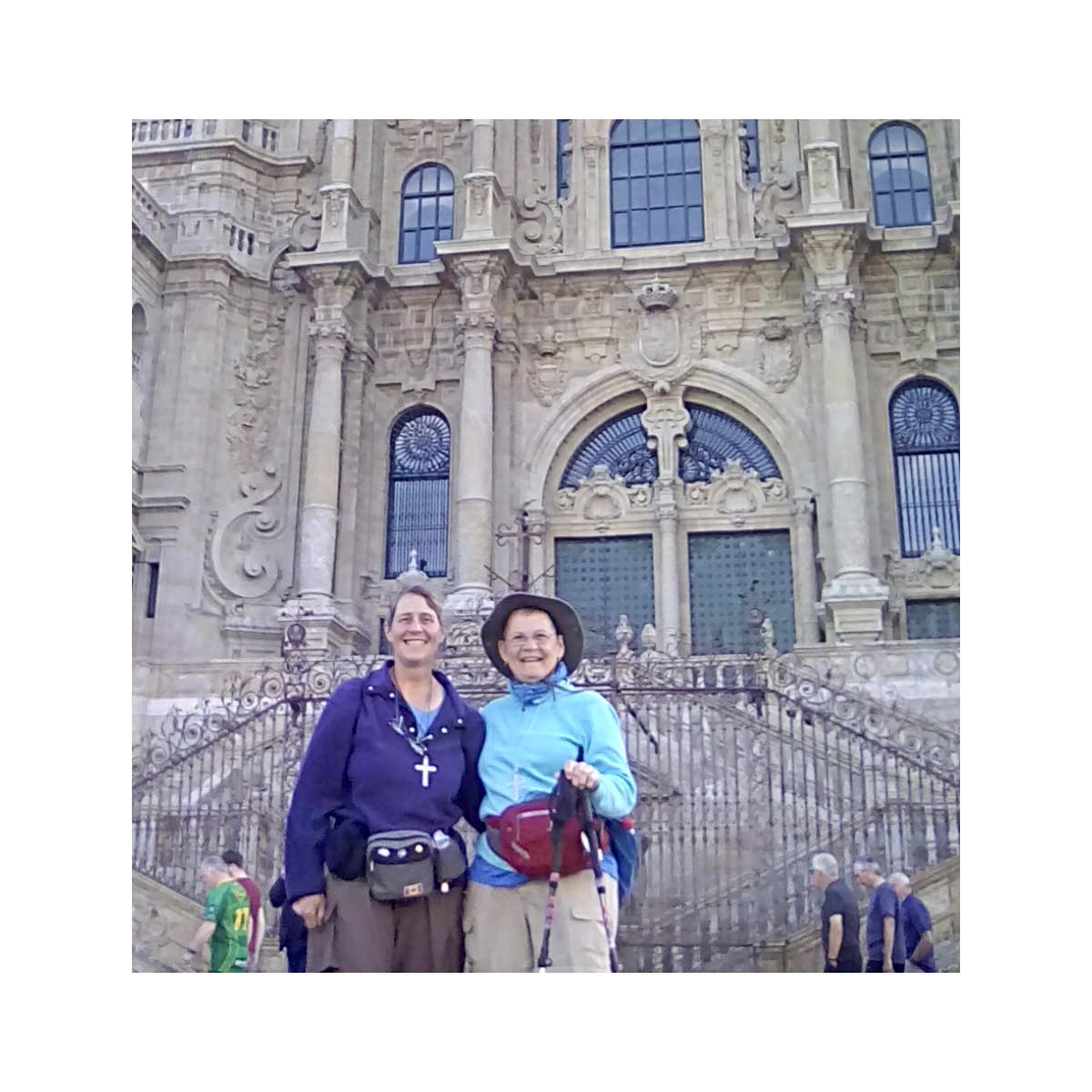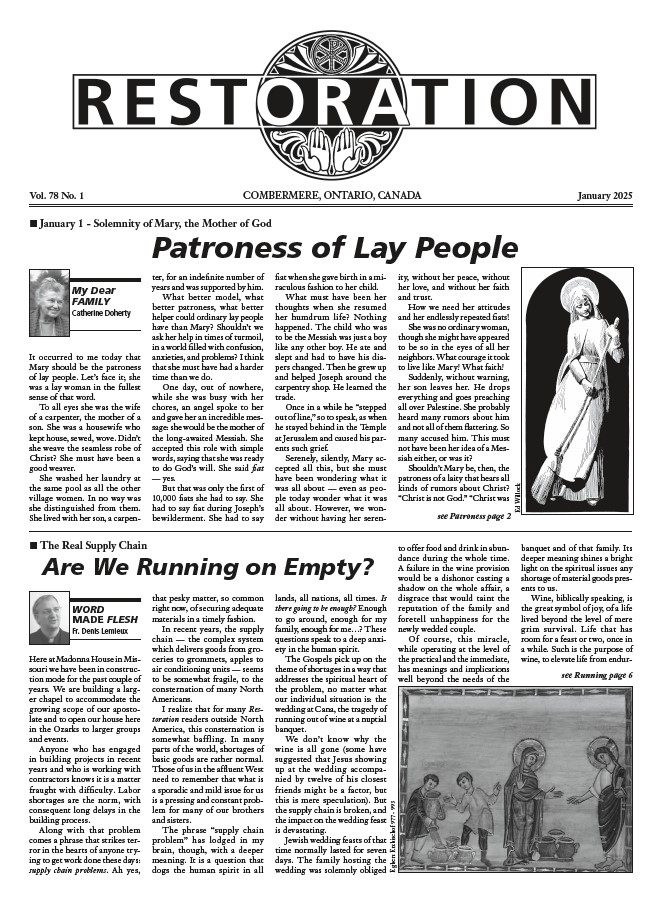This content has been archived. It may no longer be relevant
What is the Camino de Santiago? The Apostle James (Santiago in Spanish) brought the Gospel to the Iberian Peninsula. At some point, not feeling very successful, he returned to Jerusalem to report to the other apostles, and there he was martyred.
Followers who had accompanied him to Jerusalem brought his body back to northern Spain (different traditions tell us how) and he was buried there. Over the years, his burial site fell into ruins, but it was later discovered and honored once again.
The Camino de Santiago (the Way of St. James) is a large network of ancient pilgrim routes stretching across Europe and coming together at his tomb, now in the Cathedral of Santiago de Compostela in northwestern Spain. In medieval times, this camino was one of the three main pilgrimage routes in Europe—along with Jerusalem and Rome.
In 1589, faced with the threat of the conquest of Spain, the bishop relocated the apostle’s relics within the cathedral. There they remained hidden for nearly 300 years until excavations rediscovered them.
This and continual wars caused the number of pilgrims to drop drastically, until a revival in the last half of the 20th century, especially from the 1980s onward.
Currently, hundreds of thousands of people (over 300,000 in 2017) set out each year to make their way to Santiago de Compostela.





